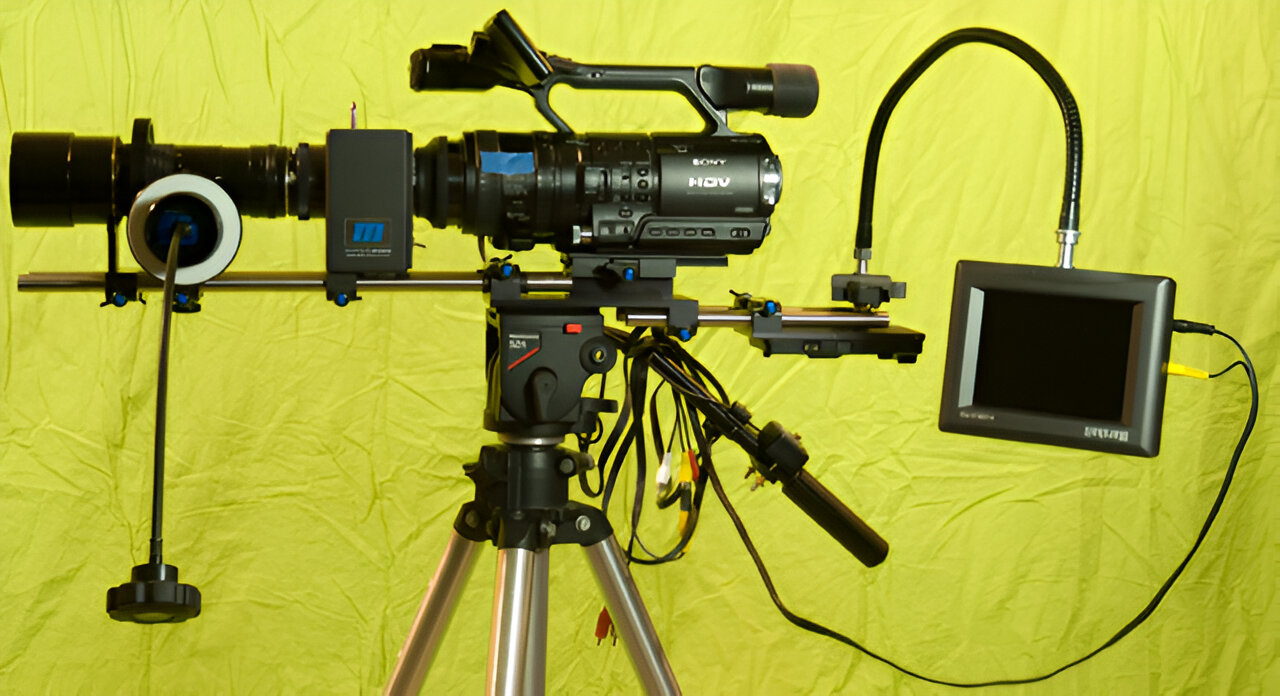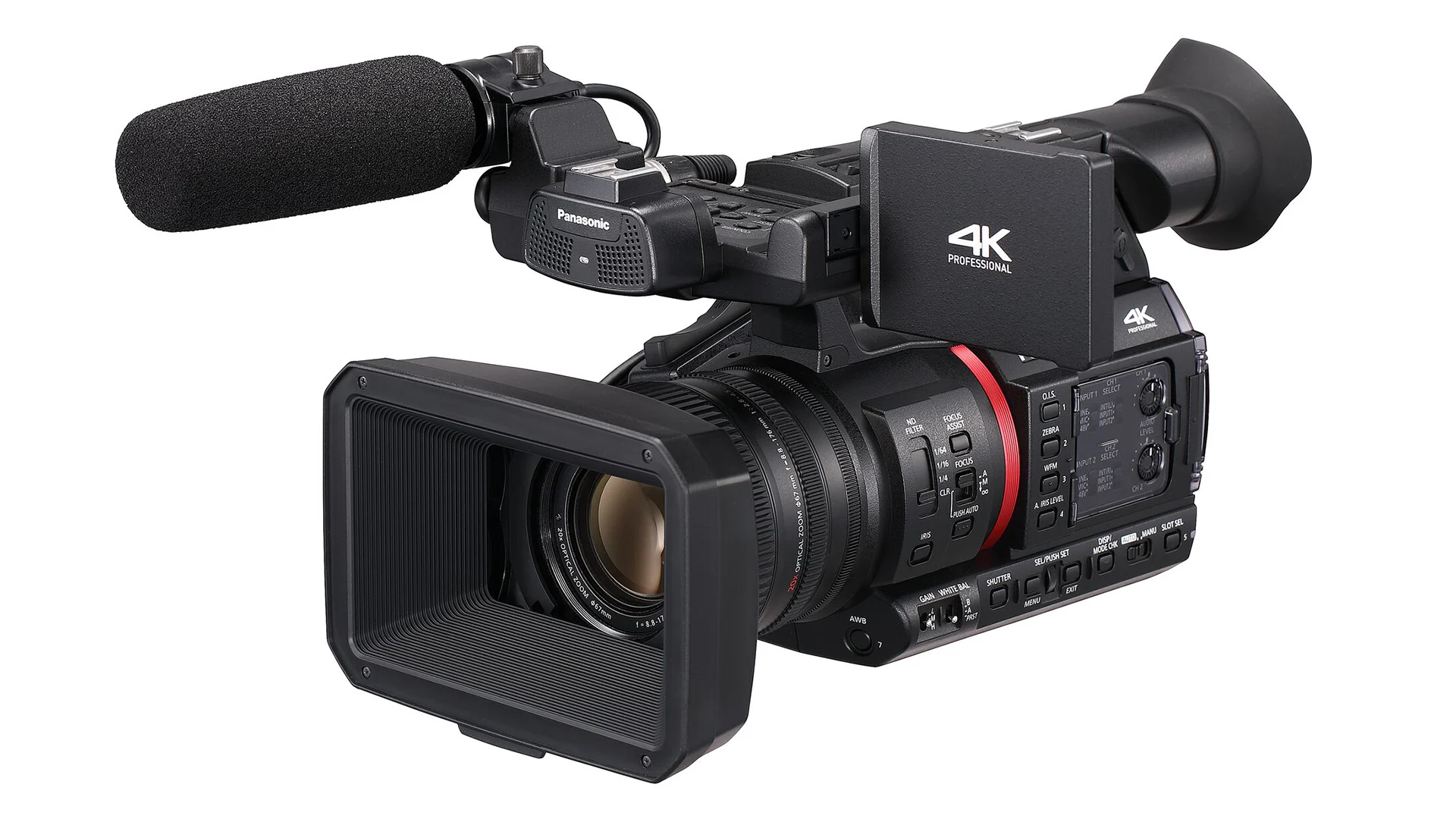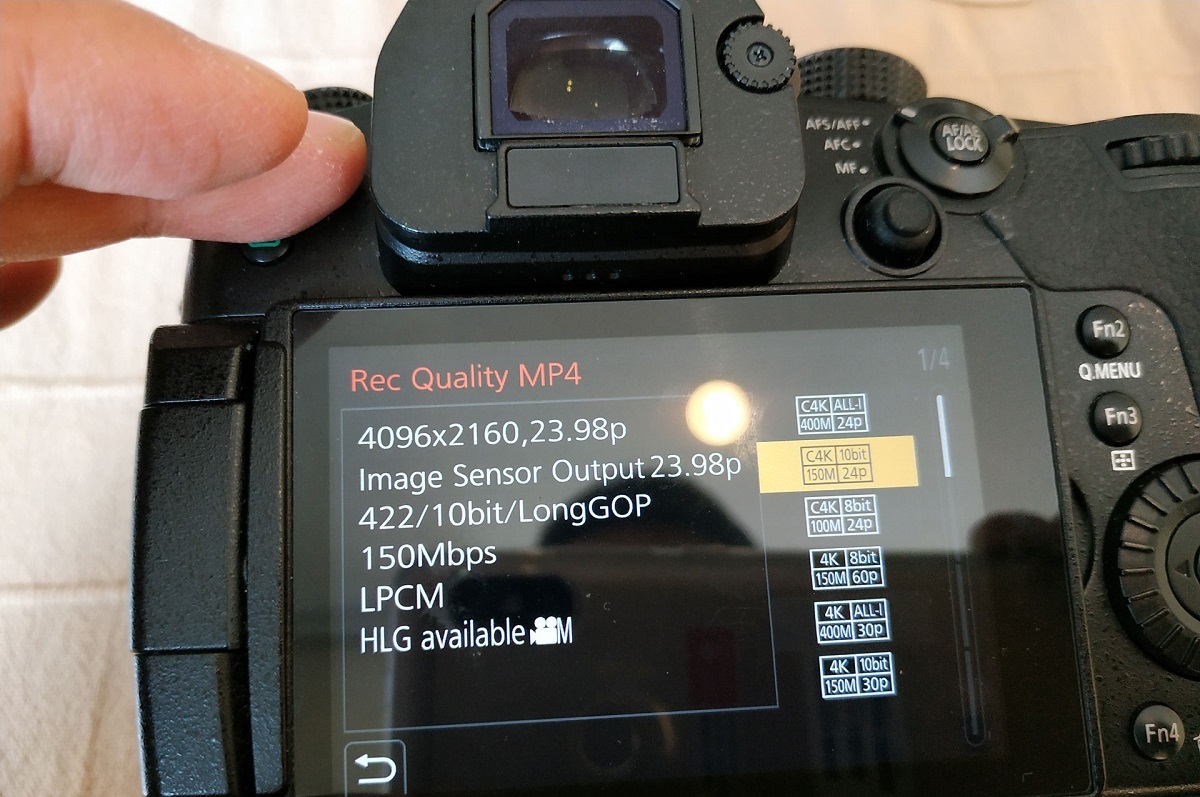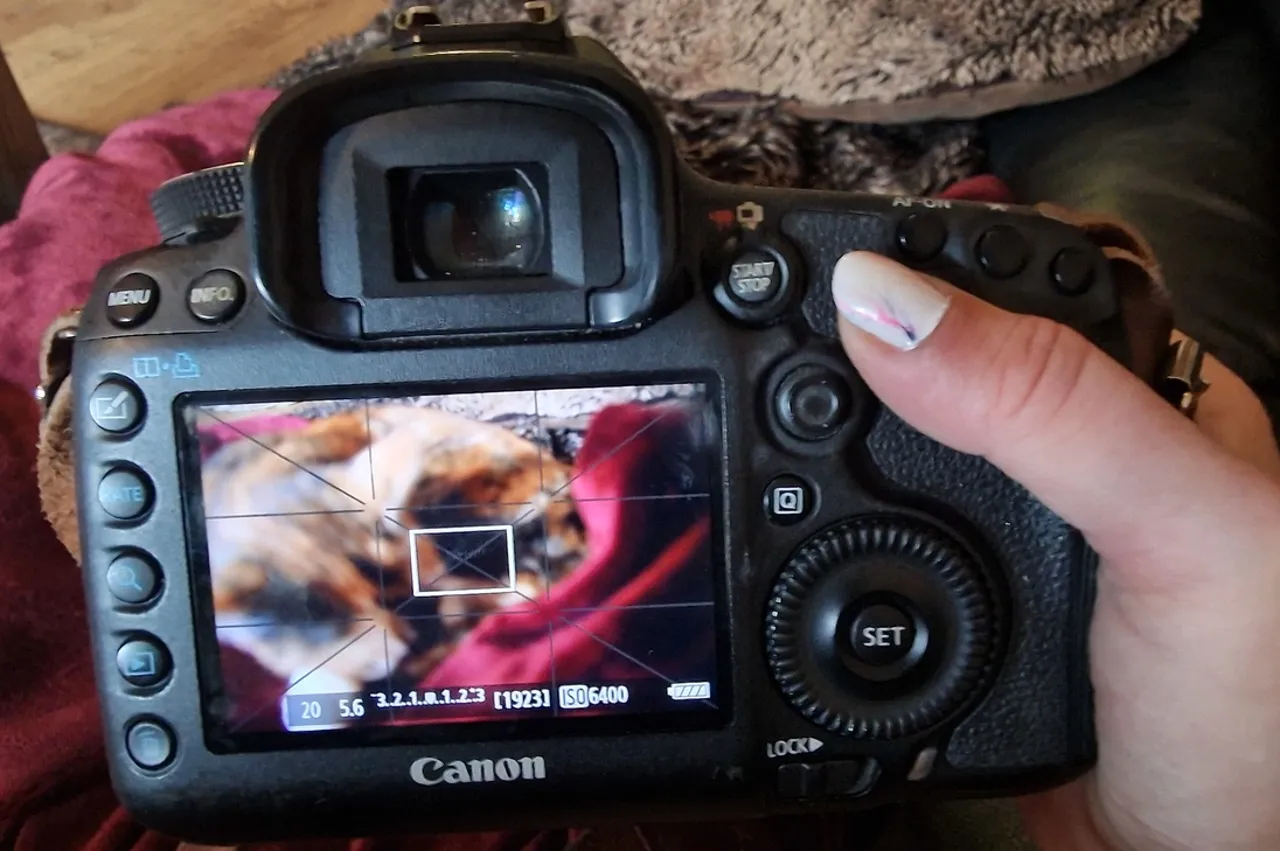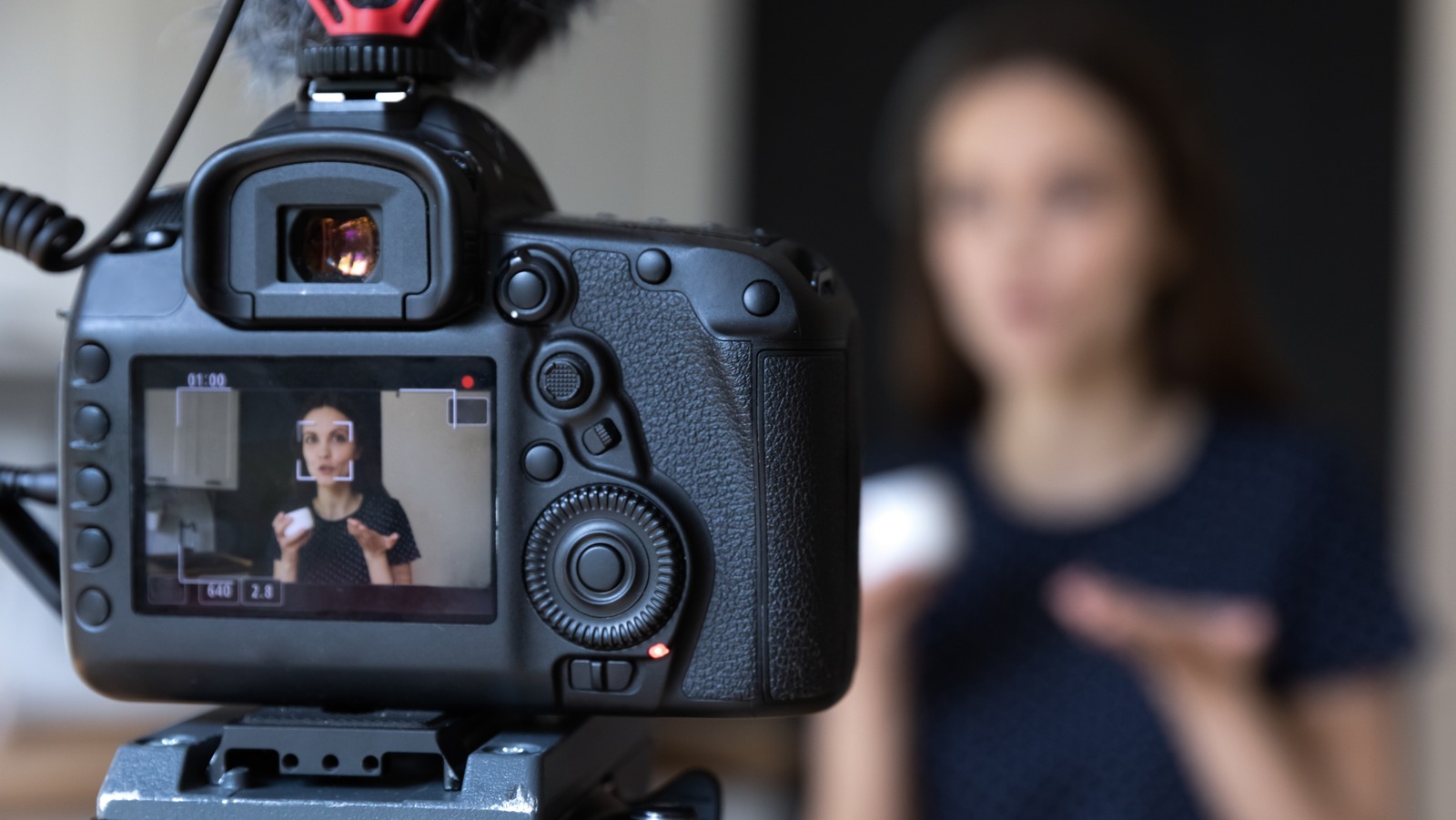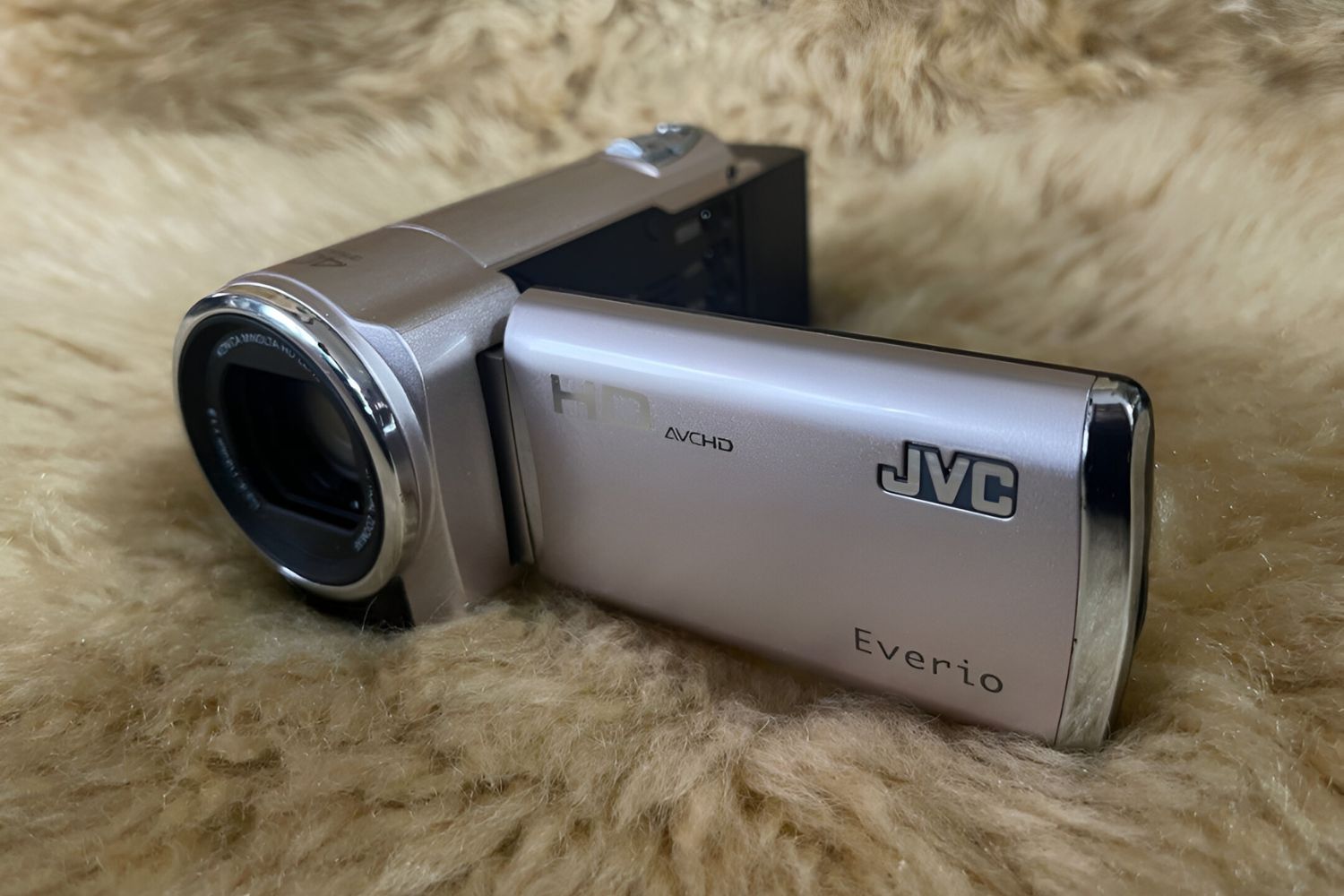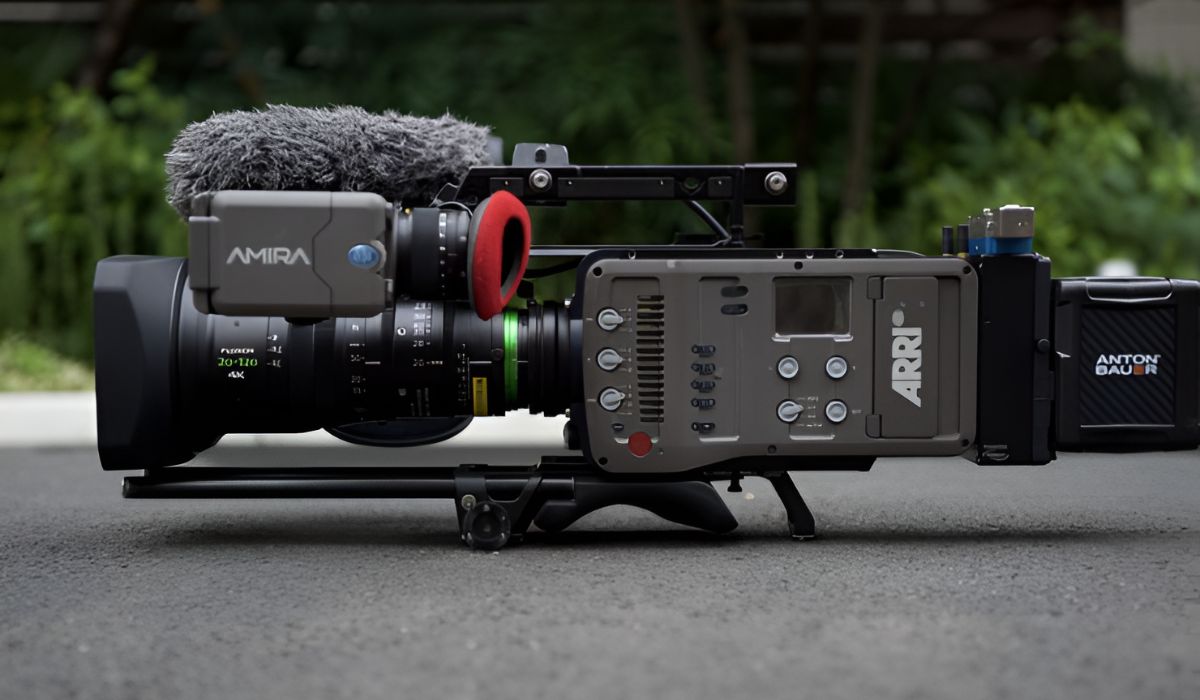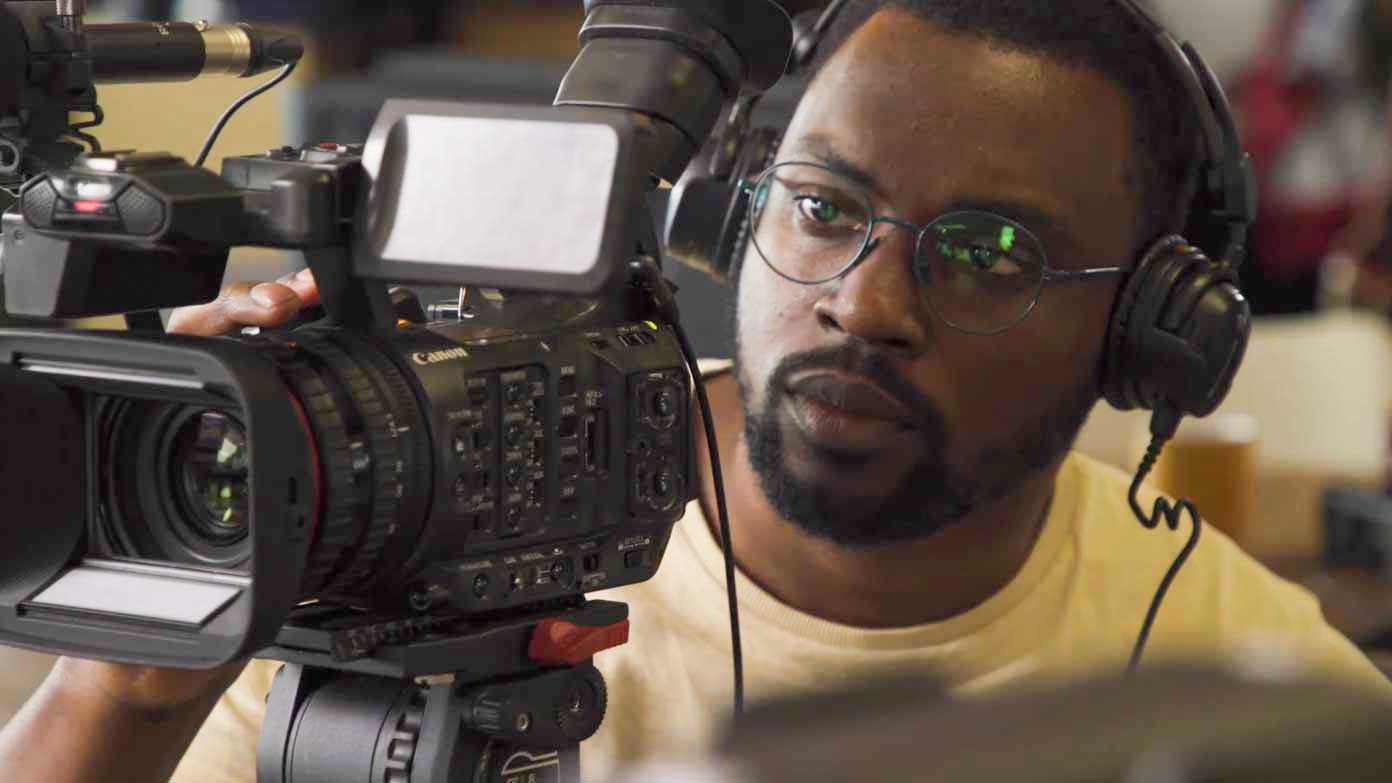Introduction
Are you an aspiring filmmaker or a videography enthusiast eager to capture stunning visuals with a professional touch? Understanding how to achieve a shallow depth of field with a camcorder can significantly elevate the quality of your footage, lending it a cinematic allure that captivates viewers. This technique allows you to emphasize your subject by keeping it sharply in focus while artfully blurring the background, creating a visually striking composition that draws the audience's attention.
Mastering shallow depth of field involves a combination of technical knowledge, equipment selection, and a keen eye for composition. By delving into the intricacies of this photography and videography technique, you can transform ordinary scenes into visually compelling narratives, adding depth and dimension to your storytelling.
In this comprehensive guide, we will explore the fundamental principles of achieving shallow depth of field with a camcorder. From understanding the concept to selecting the right equipment and making technical adjustments, this guide will equip you with the knowledge and skills needed to create captivating visuals that resonate with your audience.
Whether you're capturing intimate portraits, dynamic action sequences, or breathtaking landscapes, the ability to control depth of field will open up a world of creative possibilities, allowing you to craft visually stunning videos that leave a lasting impression. Let's embark on this enlightening journey into the realm of shallow depth of field and unleash the full potential of your camcorder's capabilities.
Understanding Shallow Depth of Field
Shallow depth of field refers to the photographic and cinematic technique of selectively focusing on a specific subject while rendering the background and foreground elements out of focus. This deliberate blurring of non-essential elements in the frame serves to accentuate the main subject, drawing the viewer’s attention to the focal point and creating a visually compelling composition.
By harnessing shallow depth of field, videographers can infuse their visuals with a sense of artistry and depth, effectively isolating the subject from its surroundings and imbuing the frame with a captivating, dreamlike quality. This technique is widely employed in filmmaking, portrait photography, and cinematography to evoke emotion, direct the viewer’s gaze, and add a layer of visual sophistication to the imagery.
The key to achieving shallow depth of field lies in controlling the aperture of the camera lens. A wider aperture (lower f-stop number) results in a shallower depth of field, allowing for a pronounced background blur and a sharp, focused subject. Additionally, the focal length of the lens and the distance between the subject and the background also play crucial roles in determining the extent of the depth of field.
Understanding the nuances of depth of field empowers videographers to wield their creative vision with precision, sculpting visual narratives that resonate with audiences on a profound level. Whether it’s conveying intimacy in a romantic scene, isolating a character in a moment of introspection, or highlighting the details of a product in a commercial shoot, the mastery of shallow depth of field elevates the visual storytelling experience to new heights.
Choosing the Right Camcorder
When aiming to achieve shallow depth of field, selecting the right camcorder is a pivotal first step in the creative process. While many modern camcorders offer advanced features and manual controls that facilitate depth of field manipulation, certain key factors should be considered to ensure optimal results.
One of the primary considerations when choosing a camcorder for shallow depth of field is the sensor size. Camcorders with larger sensors, such as Super 35mm or full-frame sensors, inherently lend themselves to producing a shallower depth of field compared to those with smaller sensors. This is due to the larger sensor’s ability to capture more light and create a more pronounced background blur, resulting in visually compelling imagery.
Furthermore, the camcorder’s lens compatibility and interchangeability play a crucial role in achieving shallow depth of field. Opting for a camcorder with a range of compatible lenses, especially those with wide apertures, provides videographers with the flexibility to adapt to diverse shooting scenarios and exercise greater control over the depth of field. The ability to utilize prime lenses, zoom lenses, and specialty lenses empowers creators to tailor their visual storytelling to suit their artistic vision.
Another essential aspect to consider is the camcorder’s manual control options. The availability of manual focus, aperture, and shutter speed settings allows videographers to fine-tune the depth of field according to their specific creative requirements. Additionally, features such as zebra patterns and focus peaking assist in accurately gauging and adjusting the depth of field during shooting, ensuring precision and consistency in achieving the desired visual effect.
Ultimately, the choice of camcorder for shallow depth of field hinges on a balance of technical capabilities, creative flexibility, and compatibility with desired lenses. By carefully evaluating these factors and aligning them with your creative objectives, you can select a camcorder that empowers you to harness the captivating allure of shallow depth of field in your visual storytelling endeavors.
Selecting the Right Lens
Choosing the right lens is a critical aspect of achieving shallow depth of field with a camcorder. The lens not only determines the field of view and focal length but also plays a pivotal role in controlling the depth of field, allowing videographers to craft visually compelling compositions that accentuate the main subject while artfully blurring the background.
When aiming to achieve shallow depth of field, prime lenses with wide apertures are highly desirable. These lenses, characterized by fixed focal lengths, offer wider maximum apertures (e.g., f/1.4, f/1.8), enabling videographers to create a pronounced background blur and isolate the subject with striking clarity. The wider aperture not only facilitates shallow depth of field but also enhances the lens’s low-light performance, making it versatile for various shooting conditions.
Additionally, the focal length of the lens influences the depth of field and the compression of the scene. Shorter focal lengths, such as 35mm or 50mm, are popular choices for achieving a shallow depth of field, especially in portrait and close-up videography, as they provide a natural perspective and compelling background separation. On the other hand, longer focal lengths, such as 85mm or 135mm, further compress the background, intensifying the bokeh and isolating the subject with exquisite precision.
Furthermore, the optical quality of the lens, including its sharpness, contrast, and ability to render smooth out-of-focus areas (bokeh), significantly impacts the visual appeal of the shallow depth of field effect. Investing in high-quality lenses with superior optical characteristics ensures that the resulting imagery exhibits a captivating aesthetic, characterized by creamy bokeh and impeccable subject delineation.
Considering the compatibility of the lens with the camcorder’s mount is also crucial. Whether opting for native lenses designed for the specific camcorder model or utilizing lens adapters to expand the range of compatible lenses, ensuring seamless integration between the lens and the camcorder is essential for achieving optimal results.
By carefully selecting lenses that align with your creative vision and technical requirements, you can harness the full potential of shallow depth of field, infusing your visuals with a compelling sense of artistry and depth that resonates with your audience.
Adjusting Aperture and Focal Length
Mastering the art of shallow depth of field with a camcorder entails a nuanced understanding of how aperture and focal length work in tandem to control the depth of field and achieve visually captivating results. The careful manipulation of these key variables empowers videographers to craft compositions that emphasize the subject while delicately blurring the background, adding depth and allure to their visual narratives.
Aperture, denoted by the f-stop value, plays a pivotal role in determining the depth of field. A wider aperture (smaller f-stop number) results in a shallower depth of field, allowing for a pronounced background blur and a sharp, focused subject. By adjusting the aperture settings on the lens, videographers can exercise precise control over the depth of field, tailoring it to suit the mood and visual impact they intend to convey.
Conversely, a narrower aperture (larger f-stop number) increases the depth of field, rendering more elements in the scene in sharp focus. While this may be desirable for certain types of shots, such as expansive landscapes or group shots, the creative potential of shallow depth of field lies in its ability to isolate the subject and evoke a sense of intimacy and focus within the frame.
Moreover, the focal length of the lens influences the depth of field and the compression of the scene. Shorter focal lengths, such as 35mm or 50mm, are popular choices for achieving a shallow depth of field, especially in portrait and close-up videography, as they provide a natural perspective and compelling background separation. On the other hand, longer focal lengths, such as 85mm or 135mm, further compress the background, intensifying the bokeh and isolating the subject with exquisite precision.
By skillfully manipulating the aperture and focal length, videographers can sculpt the visual narrative, guiding the viewer’s gaze and infusing the imagery with a sense of artistry and depth. Whether aiming to convey emotional intimacy, highlight specific details, or create a captivating sense of separation between the subject and the background, the judicious adjustment of these parameters unlocks the full potential of shallow depth of field in visual storytelling.
Using ND Filters
ND (Neutral Density) filters are indispensable tools for videographers seeking to achieve and maintain shallow depth of field in brightly lit environments. These filters, available in varying degrees of light reduction, enable videographers to control the amount of light entering the lens without affecting the color rendition, allowing for the use of wider apertures even in intense lighting conditions.
When shooting in broad daylight or other brightly lit settings, the abundance of natural light can necessitate the use of smaller apertures to avoid overexposure, consequently deepening the depth of field and diminishing the desired background blur. Herein lies the utility of ND filters, which mitigate the excess light, enabling videographers to maintain wider apertures and achieve the shallow depth of field effect, even in the brightest of settings.
ND filters are available in various strengths, denoted by their optical density (e.g., ND2, ND4, ND8, etc.), each corresponding to a specific degree of light reduction. By selecting the appropriate ND filter based on the prevailing lighting conditions, videographers can exercise precise control over the exposure, allowing for the use of wider apertures and slower shutter speeds without compromising the integrity of the footage.
Furthermore, the use of ND filters extends beyond controlling exposure; it also contributes to the aesthetic quality of the imagery. By preserving the ability to shoot at wider apertures, ND filters facilitate the creation of visually striking compositions characterized by pronounced background blur, accentuated subject isolation, and a heightened sense of visual depth. This capability is particularly valuable in scenarios where visual storytelling demands a deliberate separation between the subject and the background to evoke emotion and focus the viewer’s attention.
Integrating ND filters into the videographer’s toolkit empowers them to transcend the limitations imposed by ambient lighting, enabling the consistent realization of their creative vision and the faithful execution of shallow depth of field techniques in diverse shooting environments. Whether capturing cinematic sequences, intimate portraits, or evocative visual narratives, the judicious application of ND filters enhances the visual allure and expressive potential of shallow depth of field in videography.
Positioning the Subject and Background
Strategic positioning of the subject in relation to the background is a fundamental consideration when aiming to achieve shallow depth of field with a camcorder. This deliberate arrangement not only influences the visual composition but also plays a crucial role in accentuating the subject, creating a captivating sense of separation, and imbuing the imagery with depth and dimension.
Placing the subject at an optimal distance from the background is essential for maximizing the impact of shallow depth of field. By positioning the subject closer to the camera while ensuring a significant distance between the subject and the background, videographers can effectively enhance the background blur and accentuate the subject’s prominence within the frame. This spatial arrangement creates a compelling visual hierarchy, drawing the viewer’s attention to the subject while artfully diffusing the background elements.
Furthermore, the choice of background elements and their spatial relationship to the subject significantly influences the visual narrative. Selecting backgrounds with diverse textures, colors, and patterns can amplify the impact of the shallow depth of field effect, adding visual interest and depth to the composition. Additionally, incorporating elements that complement or contrast with the subject can contribute to the overall storytelling and emotional resonance of the imagery.
Moreover, the thoughtful consideration of the background’s distance from the subject contributes to the degree of background blur and the overall aesthetic quality of the composition. By maintaining a sufficient separation between the subject and the background while utilizing a wide aperture, videographers can create a visually compelling bokeh that enriches the scene with a sense of artistry and allure.
Intentional positioning of the subject and background not only serves to visually enhance the composition but also conveys narrative significance and emotional resonance. Whether aiming to evoke intimacy, drama, or visual impact, the deliberate arrangement of elements within the frame empowers videographers to infuse their imagery with depth, meaning, and a captivating sense of visual storytelling.
Conclusion
Mastering the art of achieving shallow depth of field with a camcorder is a transformative journey that elevates the visual storytelling capabilities of videographers, imbuing their imagery with a captivating sense of artistry, depth, and emotional resonance. By understanding the principles of shallow depth of field and leveraging the technical and creative tools at their disposal, videographers can craft visually compelling compositions that captivate and enthrall their audiences.
The process begins with a comprehensive understanding of the concept of shallow depth of field, recognizing its power to isolate the subject, evoke emotion, and add a layer of visual sophistication to the imagery. Armed with this knowledge, videographers embark on the task of selecting the right camcorder and lenses, considering factors such as sensor size, lens compatibility, and manual control options to facilitate the seamless realization of their creative vision.
Through the judicious adjustment of aperture and focal length, videographers exercise precise control over the depth of field, sculpting the visual narrative and infusing their imagery with a compelling sense of separation and focus. The strategic use of ND filters further empowers videographers to transcend the limitations of ambient lighting, enabling the consistent realization of shallow depth of field techniques in diverse shooting environments.
Moreover, the deliberate positioning of the subject and background within the frame contributes to the overall impact of shallow depth of field, allowing videographers to create visually striking compositions that resonate with audiences on a profound level. This intentional arrangement of elements enhances the visual hierarchy, draws the viewer’s gaze, and imbues the imagery with a captivating sense of depth and dimension.
As videographers continue to refine their craft and expand their creative horizons, the mastery of shallow depth of field emerges as a powerful tool for evoking emotion, directing attention, and conveying narrative significance. Whether capturing evocative portraits, cinematic sequences, or immersive visual narratives, the ability to harness shallow depth of field empowers videographers to transcend the ordinary and craft imagery that leaves a lasting impression.







